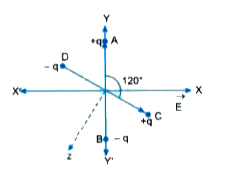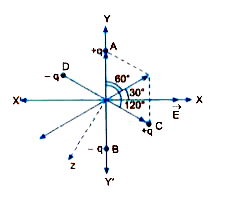Text Solution
Verified by Experts
Topper's Solved these Questions
Similar Questions
Explore conceptually related problems
U-LIKE SERIES-CBSE EXAMINATION PAPER 2020 -SECTION C
- Two small identical electric dipoles AB and CD, each of dipole moment...
Text Solution
|
- In the figure given below, find the (a) equivalent capacitance of th...
Text Solution
|
- Derive the condition of balance for Wheatstone bridge.
Text Solution
|
- Draw the circuit diagram of a metre bridge to explain how it is based ...
Text Solution
|
- The figure shows the graphical variation of the rectance of a capacito...
Text Solution
|
- What is the difference in the construction of an astronomical telescop...
Text Solution
|
- The maximum kinetic energy of the photoelectrons emitted is doubled wh...
Text Solution
|
- Differentiate between half-life and average life of a radioactive subs...
Text Solution
|
- A radioactive substance decays for an interval of time equal to its m...
Text Solution
|
- What is the function of a solar cell? Briefly explain its working and ...
Text Solution
|

